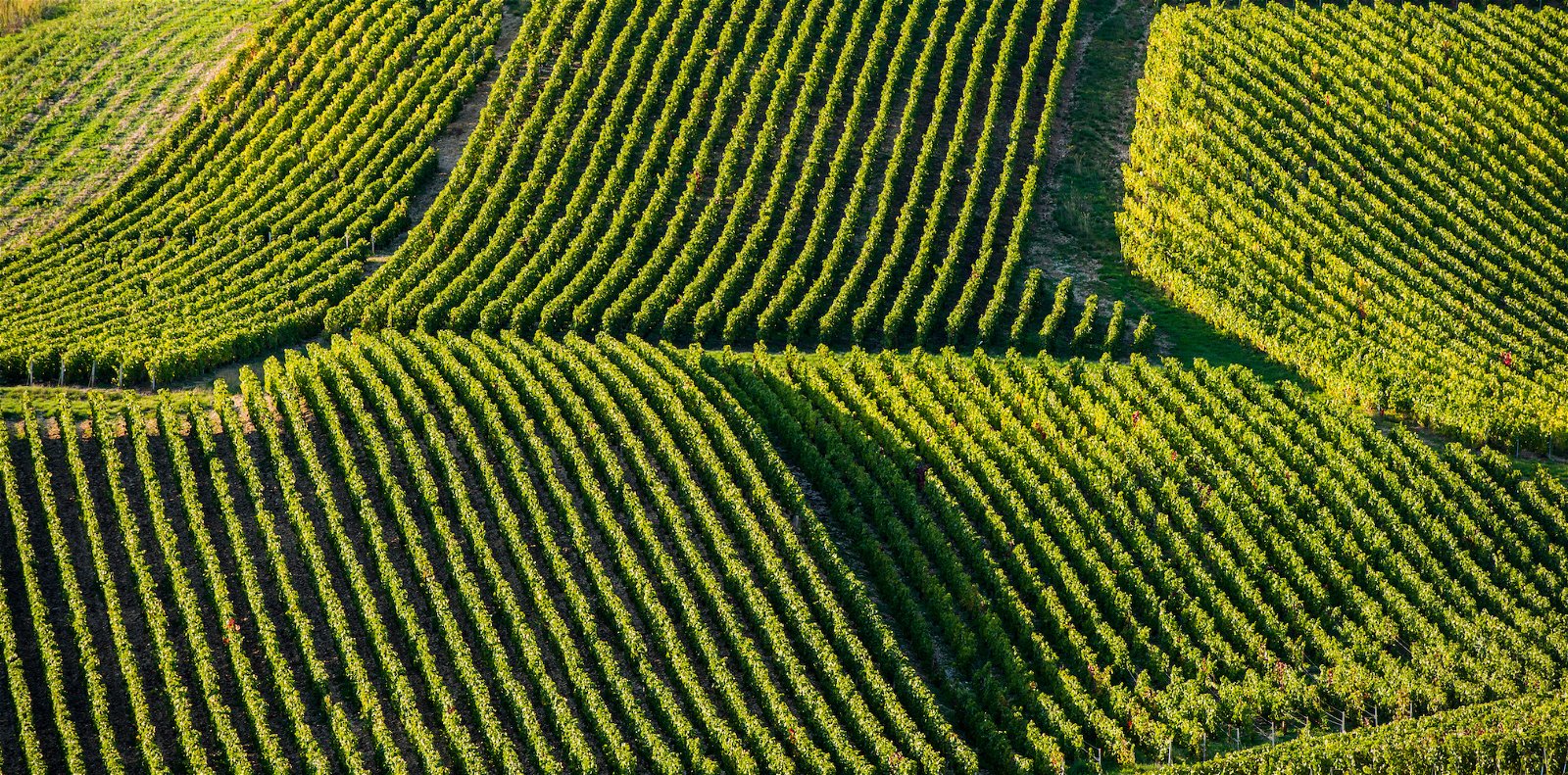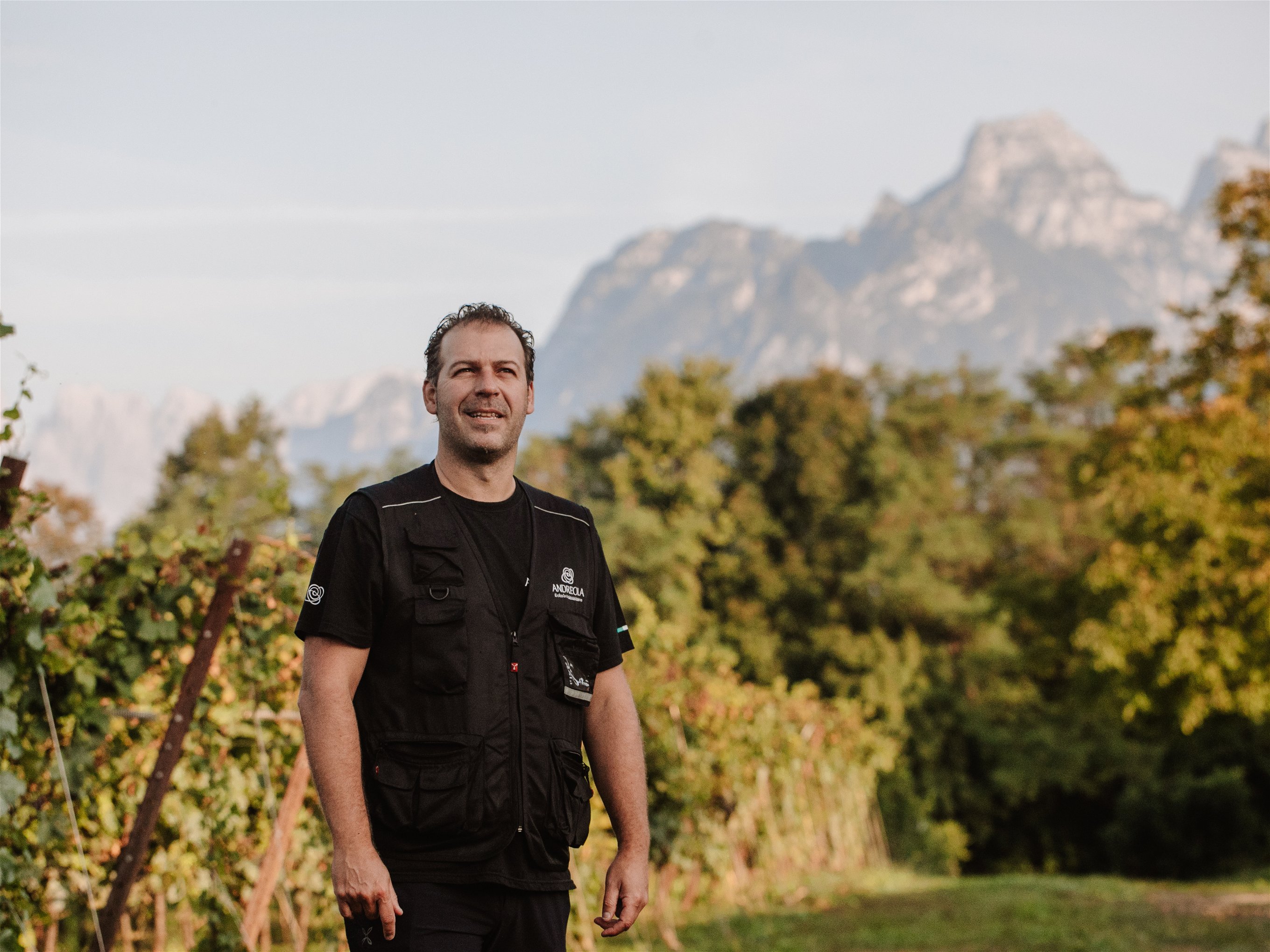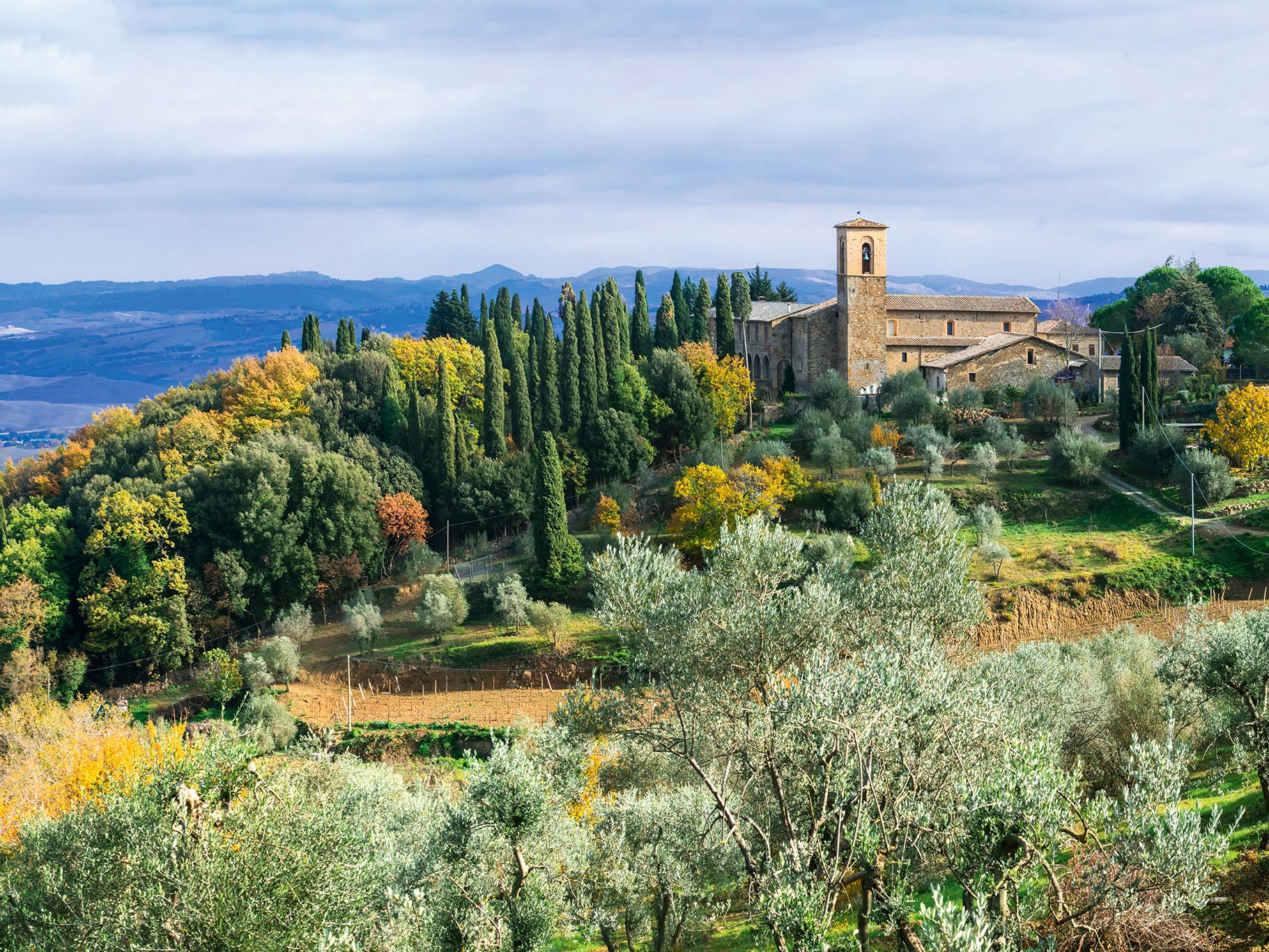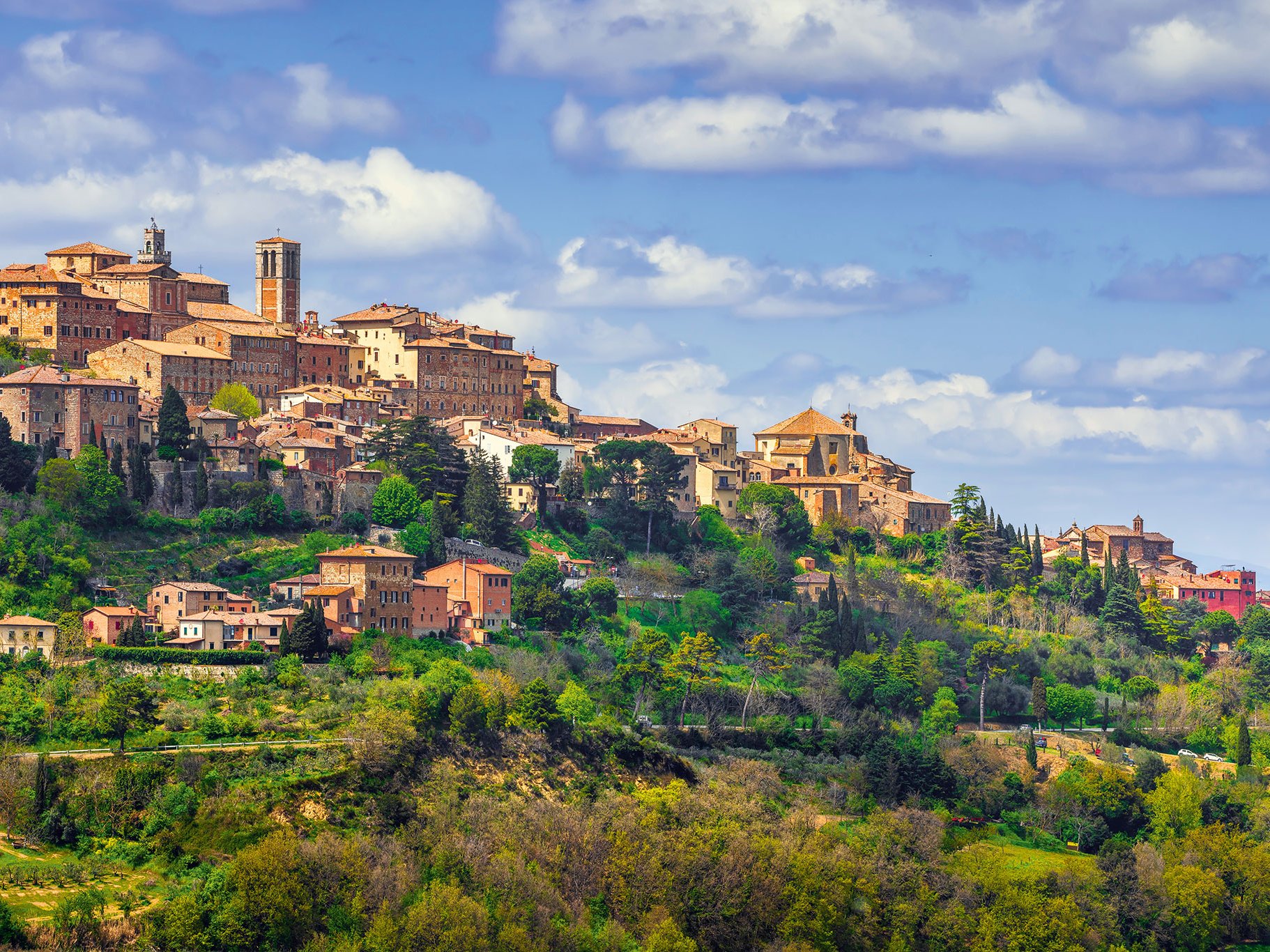The wine-growing region of Pécs, which is also often found under the name Mecsekalja, would in principle belong to the large regions of Hungary, were it not for the fact that only about 700 hectares of the designated 7,000 hectares are planted. Pécs stretches from the banks of the Danube in the south of Hungary in a westerly direction along a chain of hills, almost bordering Villany in the south. With the rather austere planting, the vineyards are naturally often interrupted. Viticulture has a tradition of over 2,000 years, interrupted by the Turkish rule and the phylloxera catastrophe. On the other hand, it was promoted by different nations, German settlers practiced it as well as Croats or Yugoslavs - the borders are not far away. Climatically, Pécs is quite warm - thanks to the influence of the Mediterranean Sea. The dry, warm summers are contrasted by mild winters, making Pécs probably the warmest wine growing region in Hungary. However, drought conditions can occur when precipitation is scarce. The soil is primarily a mixture of loess and clay on top of red sandstone. Brown forest soils and sandy soils are also found. Despite the warm weather, a large number of white grape varieties are cultivated, but only Kadarka is grown as a native red wine variety; the rest of the red wine areas are dominated by international varieties.













